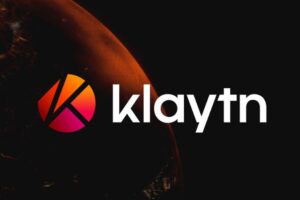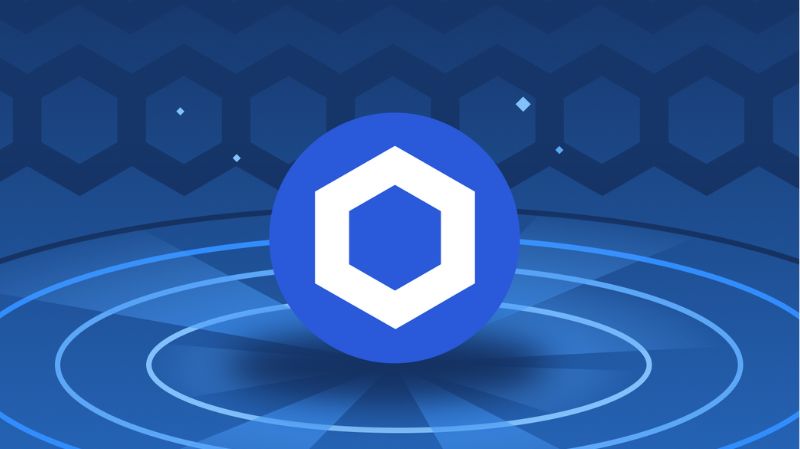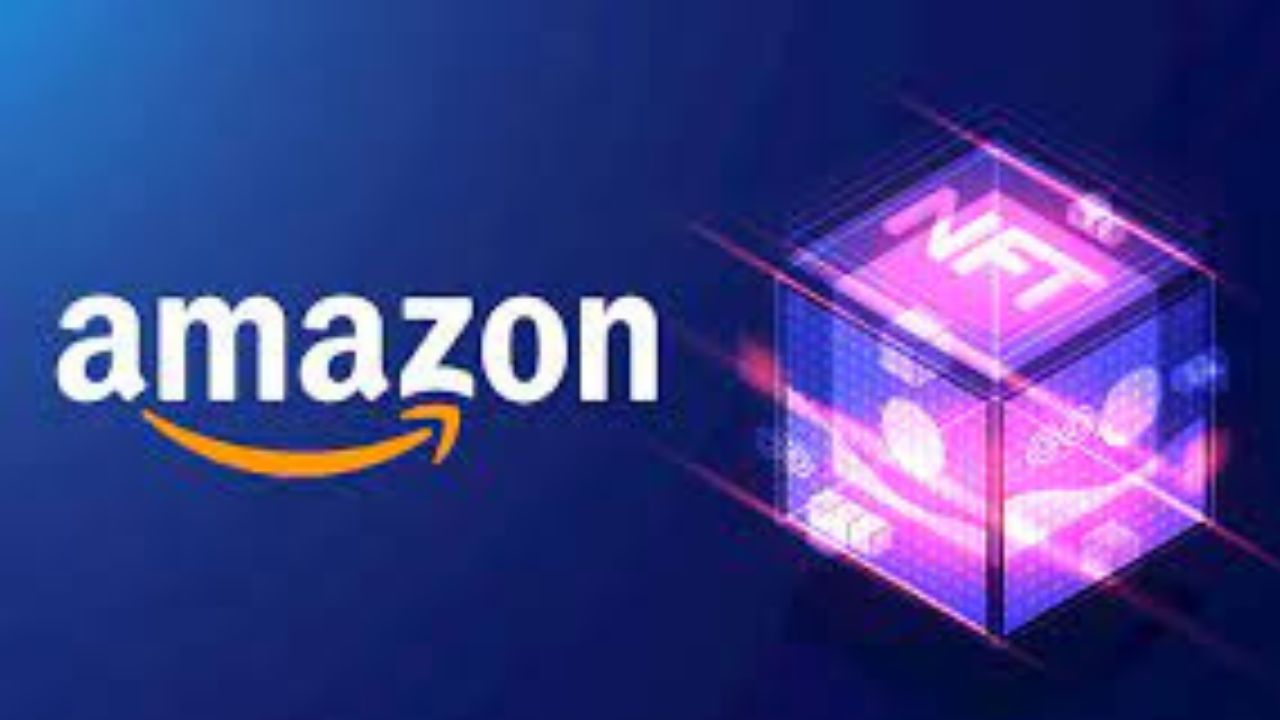By introducing its evolving dNFT version, Chainlink hopes to extend its DeFi dominance and enter the lucrative NFT market.
Chainlink has dominated the DeFi sector, with many blockchains partnering with its token LINK to generate passive income. However, like all industry leaders, it wants to keep growing.
Although the crypto winter is still thawing, the Web3 industry’s continued rise in NFTs is quite impressive. The exponential expansion of the NFT-based loan industry from the previous year is largely attributable to the rise of DeFi solutions.
However, this development was limited to lending protocols until Chainlink entered the market with a novel product that aimed to revolutionize the sector.
Launching dNFTs via Chainlink
Everyone ought to be excited by Chainlink’s interest in the NFT industry. They will launch a platform for NFTs and what they refer to as dNFTs (dynamic non-fungible tokens), which provide NFT developers with significantly more options.
“A dynamic NFT (dNFT) is a Non-Fungible Token (NFT) with encoded smart contract logic that enables it to automatically change its metadata based on external conditions,” according to the Chainlink website.
Essentially, dNFTs change over time based on specific conditions or actual events, giving digital artists, content creators, and developers the ability to create unique and mutable objects.
They will provide a one-of-a-kind solution that combines data updating capabilities with the advantages of NFTs. This is necessary for connecting real-world assets that frequently require data updates, making them ideal for tokenizing real-world assets, creating progression-based games, sports betting and fantasy leagues, and other similar activities.
It is the ideal solution and the next step for NFTs because dNFTs can simultaneously change some aspects of their metadata while maintaining their unique identifiers.
A few typical scenarios that involve Chainlink dNFTS
Why are dNFTs necessary when NFTs work well enough? The in-game NFTs are, in fact, static and do not require updating. It might not be the case, but imagine your in-game NFT character just starting out; [insert pronoun] might be a novice soldier. The metadata in the dNFT can change and your character can become a much more skilled and higher-ranked general as you continue to play the game and your player grows.
When tokenizing real-world assets, which frequently necessitates numerous modifications, changes to the metadata are also crucial. An NFT, for instance, can represent any property, such as Its age, market value, and maintenance history all need to be regularly updated.
An NFT cannot be edited because it is static; however, dNFTs allow you to update information such as previous sales, maintenance history, house age, and so on.
Chainlink dNFTs – The Evolution
Chainlink is a market leader in the DeFi space, and now that it has introduced its dNFTs, it will be a market leader in the Web3 sector as well.
It’s exciting to give content creators and developers the ability to let NFTs change and grow. That it might be, and it might just be the launching pad needed to move the NFT industry closer to widespread acceptance.











